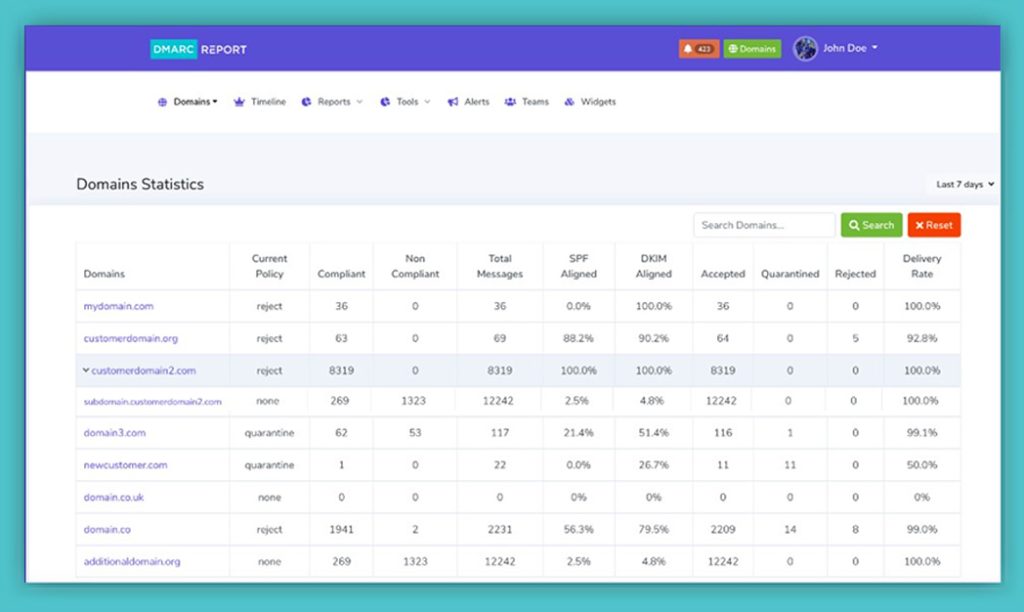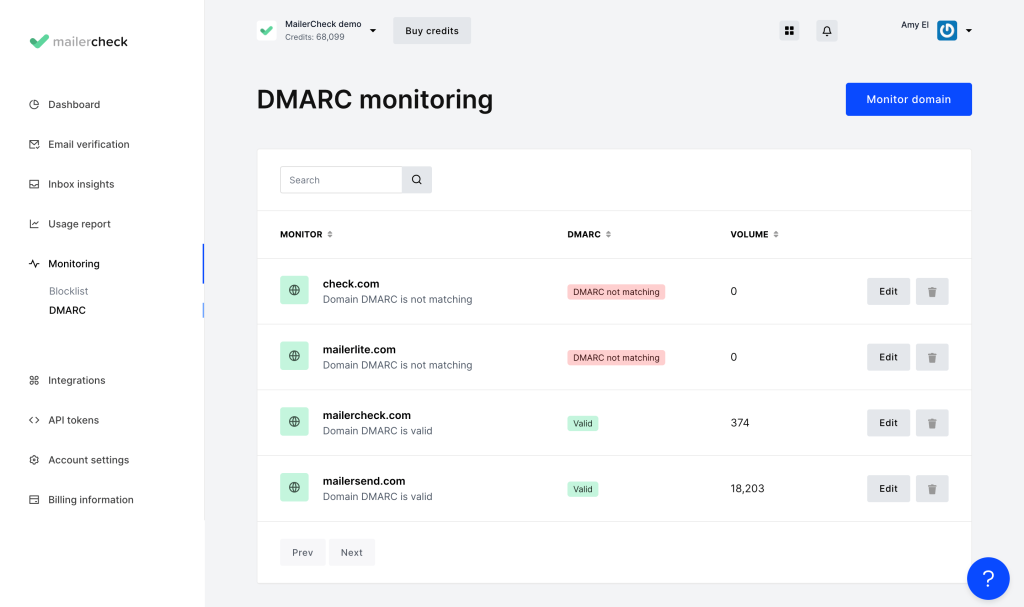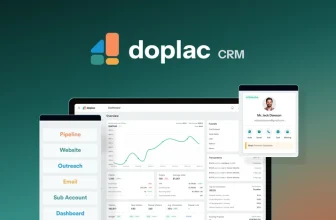How to Read DMARC Reports in 2024?

In the evolving landscape of digital communication, securing your email channels is more crucial than ever. Domain-based Message Authentication, Reporting, and Conformance (DMARC) is a vital protocol that not only protects your domain from threats like Business Email Compromise (BEC), domain impersonation, and email fraud but also provides crucial visibility into your email activities. With DMARC, you can ensure that your emails reach their intended recipients while keeping unauthorized senders at bay.
The Role of DMARC Reports
DMARC reports can be complex and often overwhelming. For those unfamiliar with their structure, they can seem long and difficult to read. However, understanding these reports is essential for maintaining robust email security. DMARC reports allow you to review authentication results for every email sent on behalf of your domain, offering insights that can inform your email strategy.
What Do DMARC Reports Contain?
DMARC reports include a wealth of data that can help you assess the effectiveness of your email authentication measures. Key elements of these reports include:

- Authentication Results: Details about which emails failed authentication checks, along with the reasons for these failures.
- ESP Information: Data indicating which Email Service Providers (ESPs) sent the emails.
- Sending IP Addresses: Information about the IP addresses used to send emails, which can help identify unauthorized senders.
- Policy Actions: Information on what actions were taken based on your DMARC policy (e.g., quarantine or reject).
DMARC reporting is conducted in two main formats: aggregate reports and failure reports. Aggregate reports provide an overview of email traffic and authentication status, while failure reports offer specific details on failed authentication attempts.
Why Is Visibility Important for Client Reach in 2024?
As we approach 2024, the visibility gained from implementing DMARC can significantly enhance your client reach. Here are three primary benefits:
- Improved Site Performance and User Experience: Enhanced visibility into your email authentication data allows you to quickly identify and resolve issues within your email exchange system. This means automated emails can be sent faster and with fewer errors, improving the overall performance of your communications.
- Enhanced User Engagement: When emails are properly authenticated, your recipients are more likely to receive the messages they signed up for, rather than having them lost in the spam abyss. This reliability can lead to higher open and click rates, fostering a more engaged audience.
- Increased Brand Trust and Awareness: Authenticated emails are more likely to land in the inbox rather than the spam folder. Recipients tend to trust these emails more, which increases the likelihood of engagement. This trust translates into more users being willing to interact with your brand and make purchases.
The Risks of Poor Email Visibility
Failing to implement DMARC and monitor your email traffic can have serious consequences for your business, regardless of its size. Even if your products and services are top-notch, poor email deliverability can undermine your success. Here are some potential risks:
- Loss of Customer Trust: If customers frequently find your emails in their spam folder or don’t receive them at all, their trust in your brand may diminish. This can lead to disengagement and loss of loyalty.
- Reduced Engagement Opportunities: Unreliable email communications can lead to missed engagement opportunities. If your audience isn’t receiving your emails, you’re losing out on potential sales and interactions.
- Increased Vulnerability to Attacks: Without proper email authentication measures like DMARC, your domain is more susceptible to phishing attacks and unauthorized use, putting your brand and customers at risk.
Why You Need DMARC Reports
Implementing DMARC is not just about security; it’s also about gaining valuable insights into your email communications. Here are several reasons why DMARC reports are essential:
- Sender Validation: DMARC allows you to validate the identity of those sending emails on behalf of your domain, which is crucial for protecting your brand reputation.
- Spoofing Prevention: By identifying and blocking unauthorized senders, DMARC helps protect your brand from being misused by cybercriminals.
- Failure Notifications: DMARC reports inform you of any failures in email delivery, allowing you to address issues that may affect your communications.
How DMARC Works
DMARC operates as an email authentication protocol that requires the sender’s identity to be validated through SPF (Sender Policy Framework) or DKIM (DomainKeys Identified Mail). This process adds a layer of security, as it enables the receiving email server to check for valid headers before allowing the email to be opened. Here’s how it works:

- SPF and DKIM Setup: Before implementing DMARC, ensure that SPF and DKIM are correctly configured for your domain. SPF defines which mail servers are authorized to send emails on behalf of your domain, while DKIM uses cryptographic signatures to verify the authenticity of the email.
- Creating a DMARC Record: Add a DMARC record to your domain’s DNS settings. This record outlines your email authentication policy and specifies how receiving mail servers should handle emails that fail authentication checks. You can set policies to either monitor, quarantine, or reject non-compliant emails.
- Monitoring DMARC Reports: Once your DMARC record is active, begin monitoring the reports you receive. Pay attention to trends in authentication failures, unauthorized senders, and overall email performance.
- Adjusting Policies: Based on your analysis of the DMARC reports, you can adjust your policies to improve security and email deliverability. Starting with a “none” policy for monitoring allows you to gather data before moving to stricter measures.
The Benefits of Implementing DMARC
Implementing DMARC not only enhances security but also provides a wealth of insights about your email traffic. Here are some of the key benefits:
- Improved Deliverability: With DMARC in place, your email deliverability rates can significantly improve. By ensuring that only legitimate emails are sent from your domain, you reduce the chances of your messages being flagged as spam.
- Actionable Insights: DMARC reports provide valuable data that helps you understand how your emails are treated by recipient mail servers. This information can guide adjustments to your email strategy, improving its effectiveness.
- Proactive Security: Regularly reviewing DMARC reports allows you to identify and address potential vulnerabilities in your email systems before they can be exploited.
How to Get Started with DMARC
Getting started with DMARC may seem daunting, but following a structured approach can simplify the process. Here are some steps to help you implement DMARC effectively:
- Understand Your Current Setup: Before implementing DMARC, assess your existing email authentication protocols. Ensure that SPF and DKIM are correctly configured and functioning as intended.
- Create Your DMARC Record: Draft a DMARC record based on your specific needs. Decide on your policy (none, quarantine, or reject) and include an email address for receiving reports.
- Add the DMARC Record to DNS: Publish your DMARC record in your domain’s DNS settings. This will enable receiving mail servers to access your policy and send reports.
- Monitor and Analyze Reports: Once your DMARC record is live, begin monitoring the reports you receive. Look for trends in authentication failures and identify any unauthorized senders.
- Iterate and Optimize: Use the insights gained from your reports to adjust your DMARC policies as needed. Start with a more lenient policy to gather data, and gradually implement stricter measures to enhance security.
Conclusion
In summary, DMARC is an essential tool for organizations looking to secure their email communications and gain valuable visibility into their email activities. By understanding how to read and interpret DMARC reports, businesses can proactively protect their domains from email fraud while ensuring their messages reach their intended recipients. As email threats continue to evolve, implementing robust email authentication strategies like DMARC will be crucial for maintaining a secure and trustworthy digital presence.
With the right approach to DMARC, you not only protect your brand but also enhance customer trust and engagement. As we move into 2024, prioritizing email authentication will be key to navigating the challenges of the digital landscape and sustaining business growth.








